All mothers want their child to have original and beautiful things, so they resort to handicrafts. This article tells how to sew a jumpsuit for a child, and also presents several patterns. Many mothers will find a lot of useful information in this note.
- Recommendations for choosing fabric
- Construction of a demi-seasonal model
- How to sew a jumpsuit for a child with your own hands: step-by-step instructions
- Cutting and preparation of materials
- Main part
- Hood
- Trousers
- Attaching a waistband to trousers
- Connecting the bodice to the trousers
- Opening the cuffs
- Processing the bottom of trousers with cuffs
- Connecting the cuffs to the lining
Recommendations for choosing fabric
Any fabric can be used, it all depends on the month in which the jumpsuit will be used. Cotton can be used for summer, footer or fleece material for winter, and denim will do for autumn. For complete comfort, the upper part of the product is made double. The lower material is visible on the pocket flap and strap fastenings, as a lining fabric you need to take something light and hypoallergenic, such as cotton or chintz.
Attention! The color can also be varied, both single-color products and combined ones, it all depends on personal preferences.
To calculate the required amount of material, first of all, you need to make a pattern for the overalls, and then lay it out on a table or floor, taking into account the number of elements and small allowances for freedom of fit. Measure the resulting space.
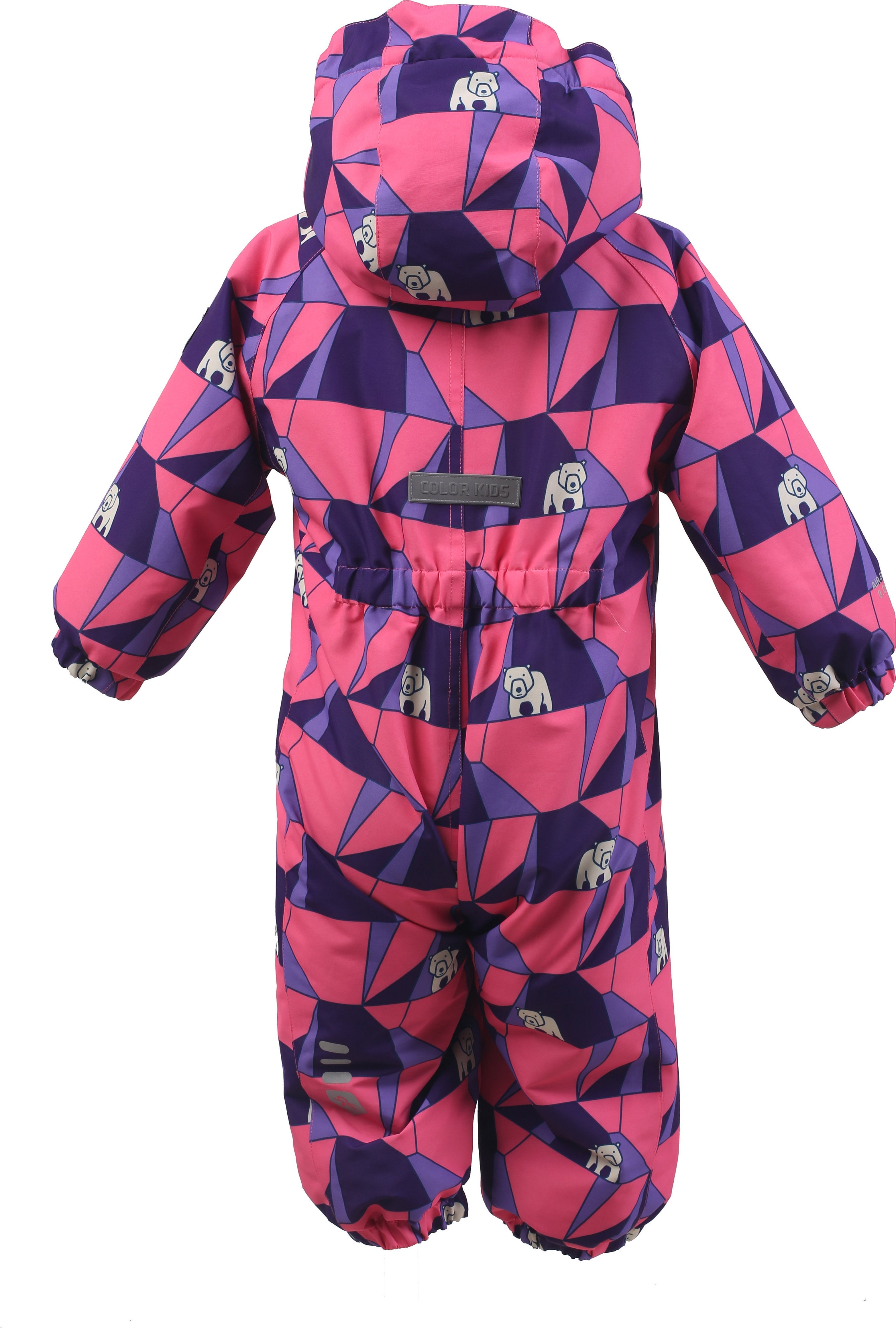
In addition to the material, you will need to purchase fittings for the product (zippers, buttons, etc.). This article uses a frame kit with upholstery.
A product with buttons will look great. You need to sew loops on the top of the product, and sew buttons on the straps at the desired height. In this case, the straps must be made with a length reserve of 4 cm. You can also buy a special zipper for overalls. It is better to take completely natural fabric so as not to cause problems with the child's delicate skin. It will be expensive, but the quality and health of the child are above all.
To decorate the pockets, you can take a large button and sew a satin ribbon along the edges. More ideas for decorations can be found in handicraft magazines.
Construction of a demi-seasonal model
This pattern will be universal for sewing a warm outdoor model that is suitable for children from 1 year to 7 years. The jumpsuit consists of two parts - a jacket and pants.
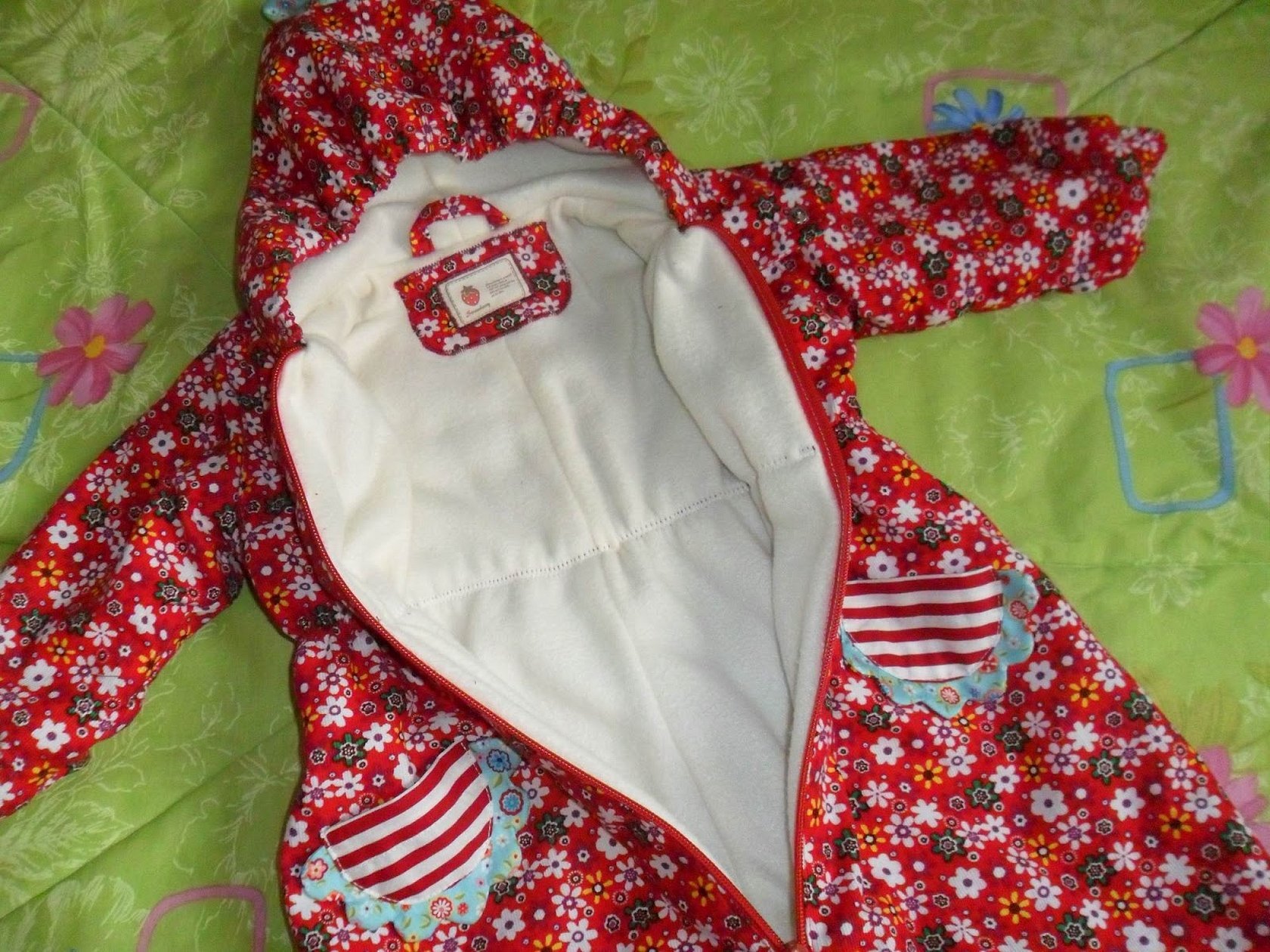
When starting to model, you need to remember that a combined demi-season jumpsuit for babies must be not only warm, but also comfortable, not restrict movement. When sewing pants, you need to take into account the grain direction of the threads. Here you need to know three main measurements and only change the child's height indicator, depending on age. There is a special table that indicates the size of the baby's clothing in proportion to his years.
How to sew a jumpsuit for a child with your own hands: step-by-step instructions
This product is quite comfortable and practical for children. The child can move and jump freely and nothing will hinder him, and there is no need to constantly pull up his trousers and tuck in his T-shirt. It is absolutely forbidden for clothes to be tight and squeeze the skin.
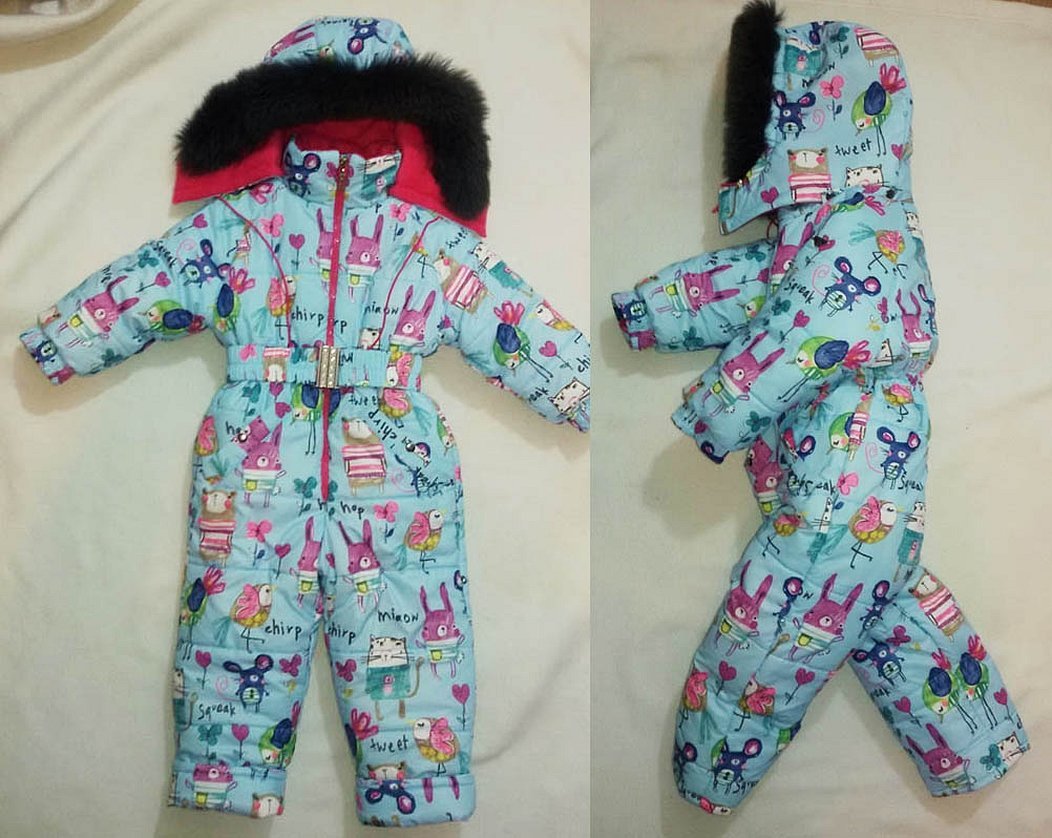
And such knitted things look quite cute on small children. The jumpsuit can consist of shorts or pants and a top. It is not necessary to have the skills of a seamstress to make such a product.
Cutting and preparation of materials
The choice of fabric depends entirely on the decision of the mother and child, if the baby already understands everything, then he can choose his favorite color and print himself. When choosing fabric, you need to consider the following rules:
- the main material should be about 100 cm in size, the lining should be sewn from quilted fabric of the same size. Decorative material will be needed as decoration. This should not be difficult, because many people have old pieces of fabric at home;
- You will also need an elastic band about 35 cm long, a cord of 70 cm, and a 20 cm zipper or fastener;
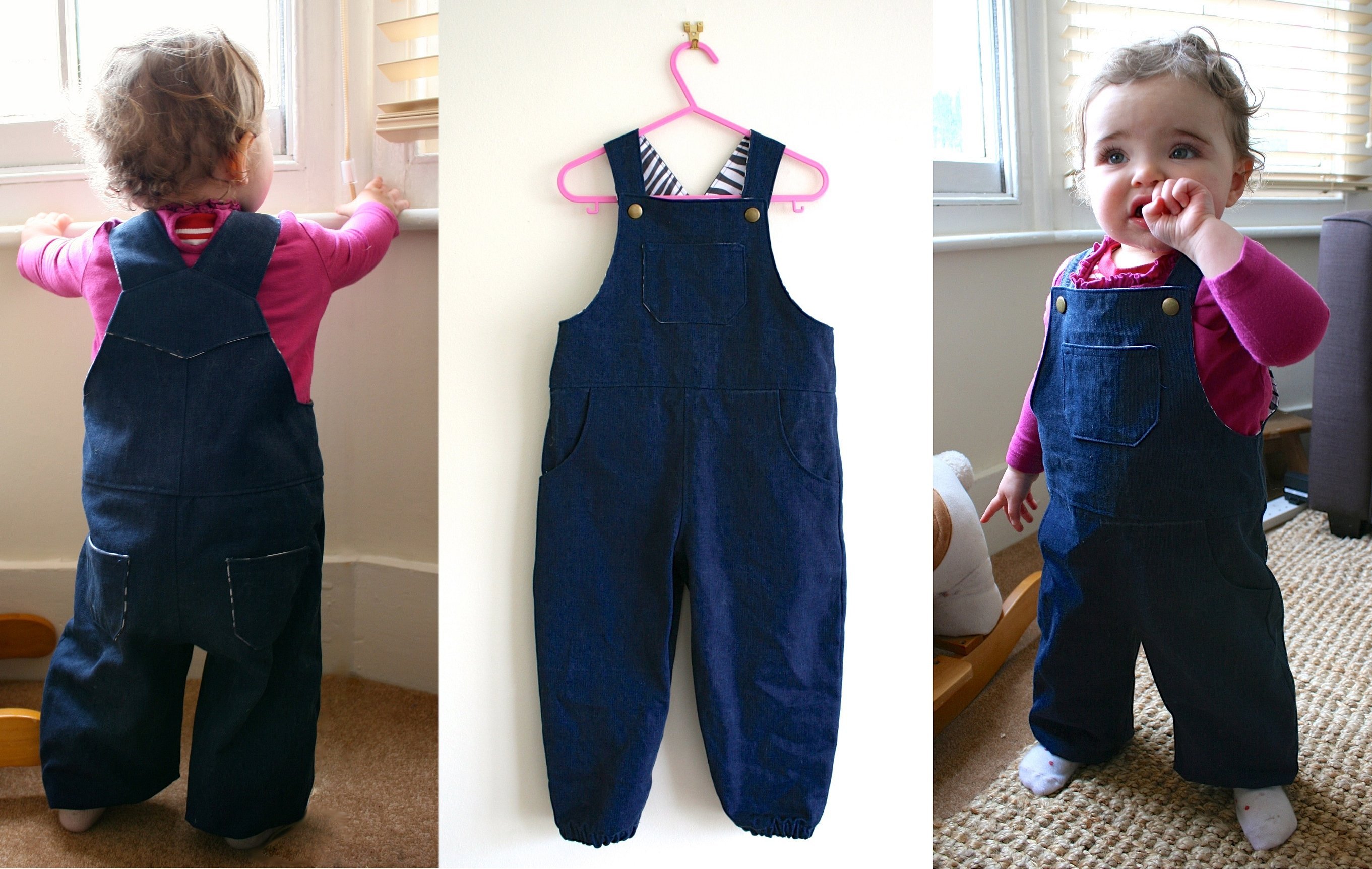
- a ready-made pattern can be found on the Internet. It needs to be printed on a printer in 1:1 size, cut out, and then the canvas should be drawn according to the paper sketch. When cutting the material, allowances of 2 cm are required.
Main part
Children's winter overalls are made according to the basic pattern. You need to cut out the details for the outer jacket. Sew the side seams of these elements from the main fabric. Iron the allowances. Pin the straps and frames, folding them with the outer sides inward along the bottom edge.
Smooth out the allowances and cut at the rounding points. Turn the product inside out. Sew the upper side of the product along the upper edge and iron. Run a single stitch along the lower edge.
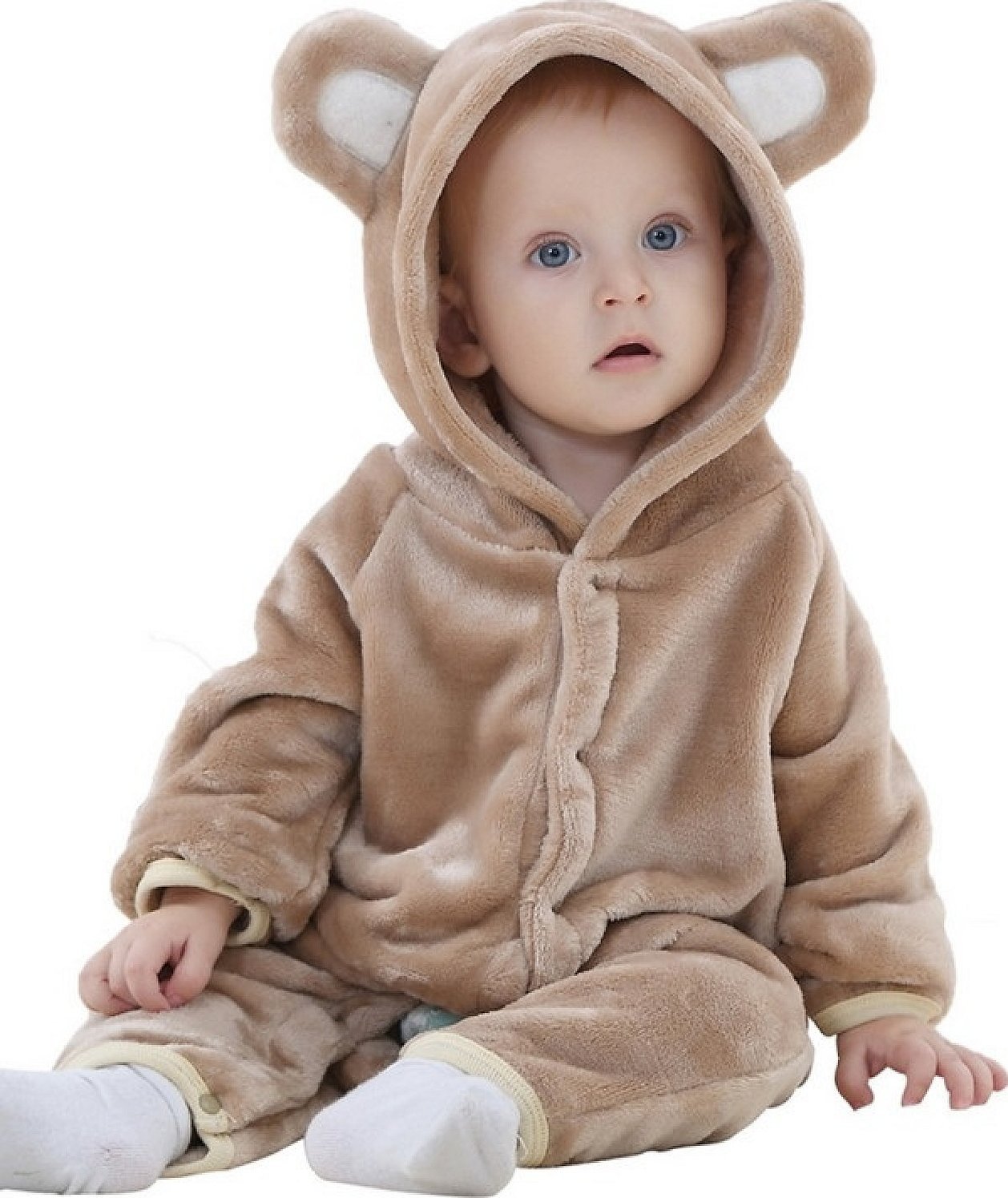
Hood
The pattern of a children's jumpsuit with a hood is no different from a regular one without it. Since it is a separate part of the product.
The hood can be made either at the beginning or at the end of the work; it is not sewn onto the suit.
You need to prepare the pieces of fabric for the hood. This article suggests sewing the lightest hood. You can decorate it with real fur along the edge.
Sew the main elements. The central section should be with a margin, after work it is cut off. Stitch the seams in any direction in one direction. Iron the product.
Trousers
Turn the darts over onto the second leg and sew them on. Connect the lining elements with the main material pieces along all the cuts, leaving a 1 cm gap.
To avoid compaction in the leg area, the darts on the insulation elements must be cut along the contour.
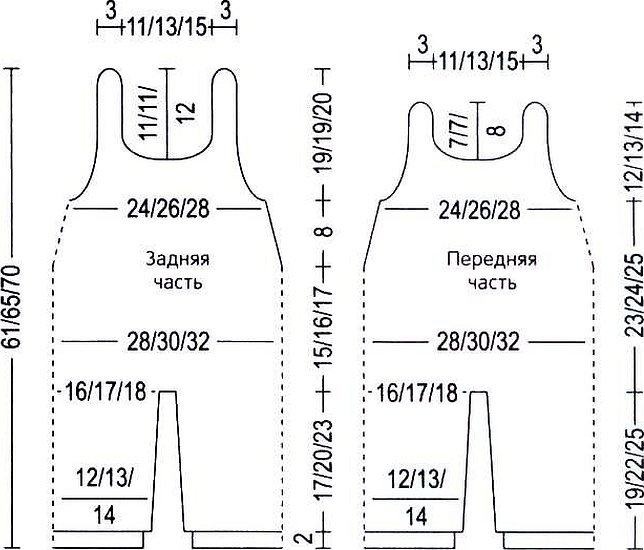
Now you need to stitch the side seams from the outside and make double finishing seams.
Next, the lining is made. You need to lay out the selected material on the table or floor along the edge with the outer sides inward. Lay out the elements of the trousers on the canvas, trace with soap and cut. Now you have elements for the lining without side seams and darts, this will reduce the compaction in the trousers. Add 1 cm to the bottom of the lining material (for allowances and freedom of fit).
Attaching a waistband to trousers
Sew the belt onto the pants, pulling the elastic a little. It can be made of a contrasting color, but not too bright. So as not to spoil the child's eyes.
Connecting the bodice to the trousers
Fold the side seams, the center back with the center seam of the pants, sew the bodice with the pants using hand stitching.

Opening the cuffs
Cut out two rectangles from the main material: length = trouser leg circumference at the bottom + 1 cm (for allowances), width = about 10 cm (with allowances). Cut out the same rectangles from the decorative fabric and synthetic fluff, but a few cm smaller.
Processing the bottom of trousers with cuffs
Fold the lining hem with the bottom of the pants, matching the single seams on the lining material and the overalls. Next, insert the elastic along the hem of the cuffs.
Connect the lining and pants along the top edge. Turn the pants inside out, through the hole near the fastener.
Sew the lining along the center seam to the fastener, folding the edges inward.

From the front side, secure the lining with a finishing stitch along the fastener, bending the upper ends of the ribbon inward. Trim off excess threads.
Connecting the cuffs to the lining
Lay out the legs of the main element of the overalls and the lining material, as well as the cuff on the table or floor. Find the level of sewing the cuff to the lining. From the marked point, make a 1 cm allowance downwards. Cut the leg along the allowance line and align the bottom of the lining material.
Sew the cuff so that its cut is on the inside, between the elements of the trouser leg.
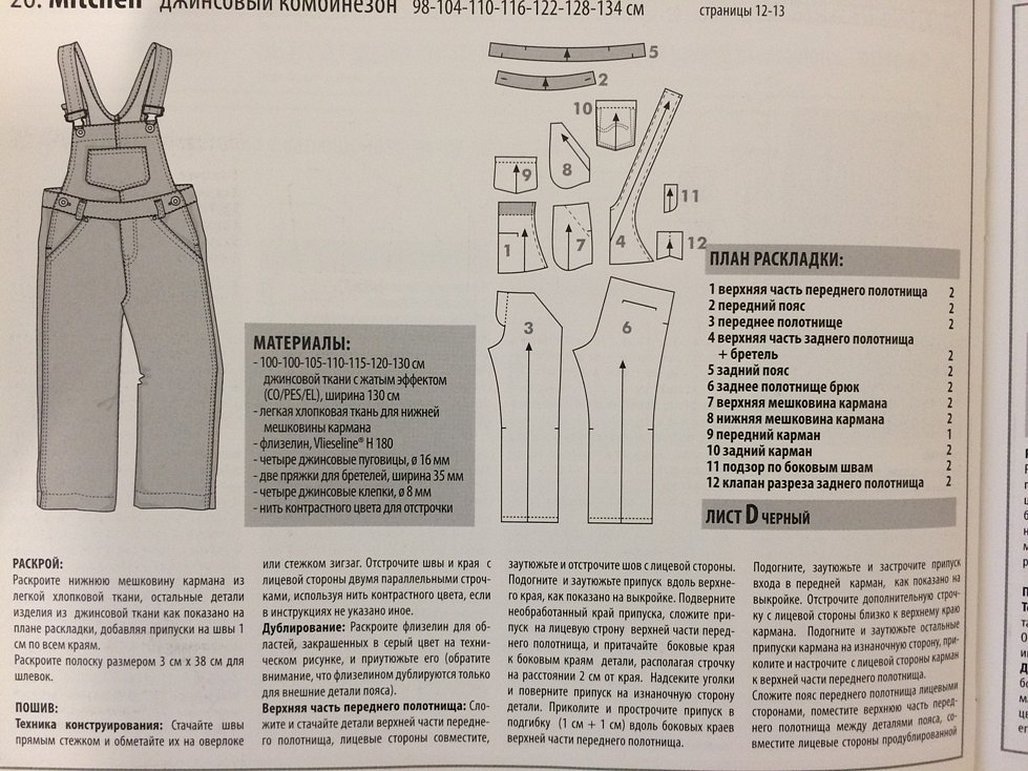
Once the work is finished, you can decorate the product. Here you need to include all your imagination. Many mothers add fringe along the bottom of the pants. For girls, beads or sequins are often sewn on. For knitwear, satin or lace ribbon is sometimes used. You can embroider some kind of picture on the shelves, for example, with fairy tale characters.
It is also important to remember that winter overalls should be washed with care so as not to damage the filler or lining. Usually, synthetic padding is used as a filler, and at high machine speeds it turns into pieces of cotton wool and is not evenly distributed inside. Therefore, in order not to spoil the item, it is recommended to follow the instructions for proper care. Winter models are recommended to be dried in a straightened position on some surface. Otherwise, the clothes may become very deformed under the weight of water. Summer items made of cotton can be washed at any temperature.
Attention! For any children's clothing, you should use only delicate detergents that do not contain chlorine or bleach. Regular powders can cause a rash on the child's skin.
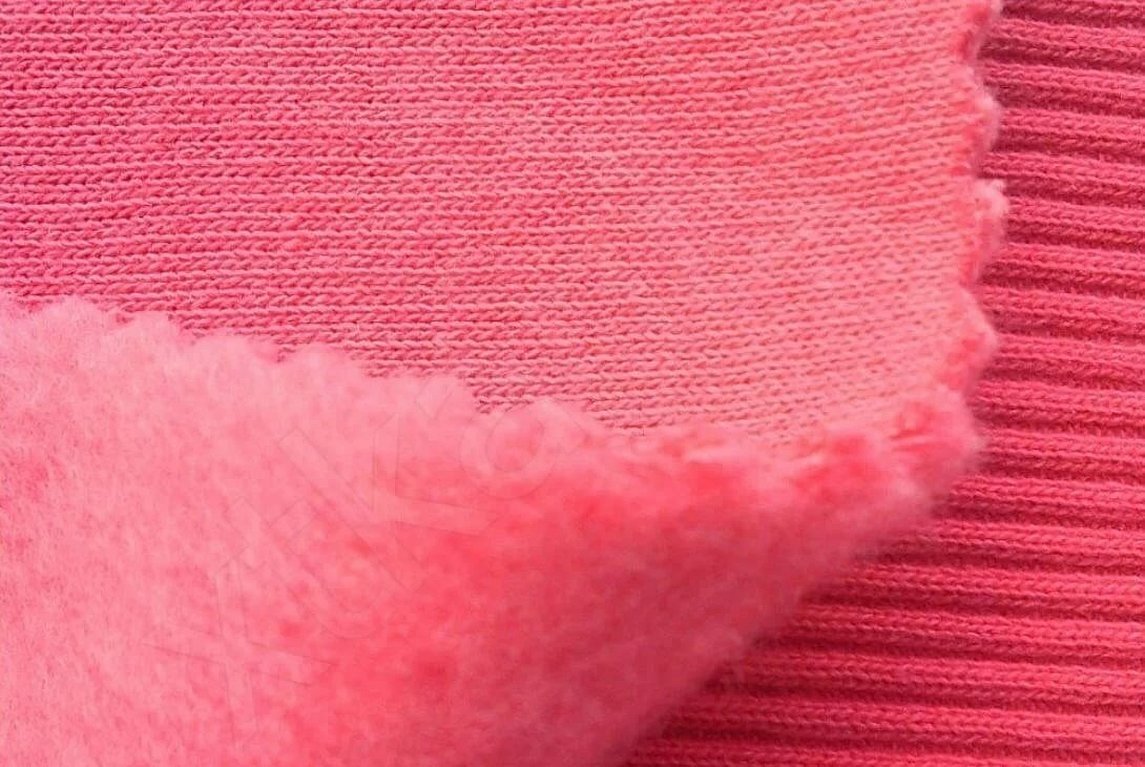
Any mother can handle a pattern of a summer jumpsuit for a girl or a boy. You don't need any special skills or talent for this. It is important to take the child's measurements correctly. But even those who can't draw can find patterns of jumpsuits on various handicraft sites. For example, some of them are Burda or Postila. There are many master classes for both beginners and professionals. The jumpsuit can be sewn from jersey or knitted with wool yarn.




